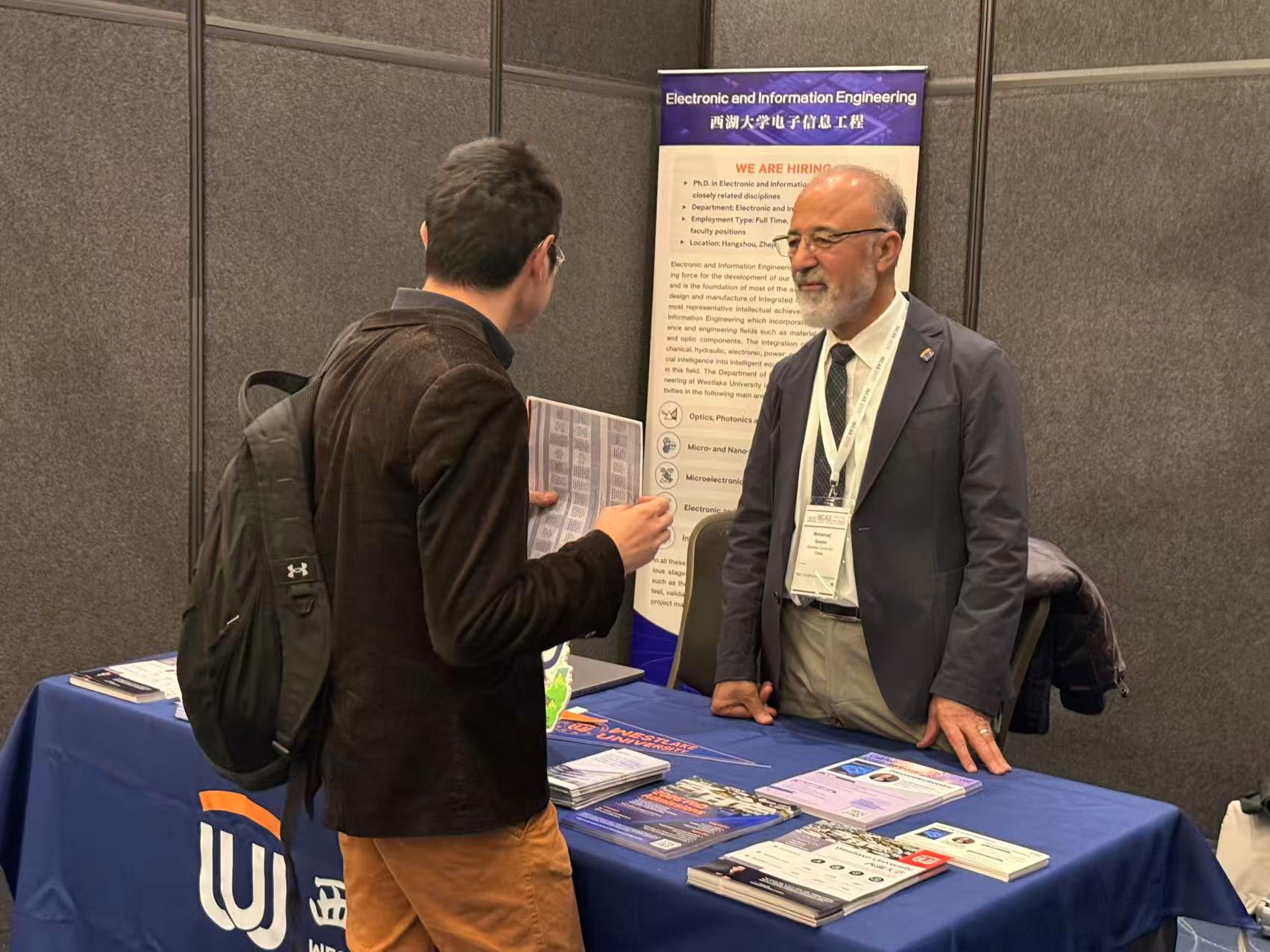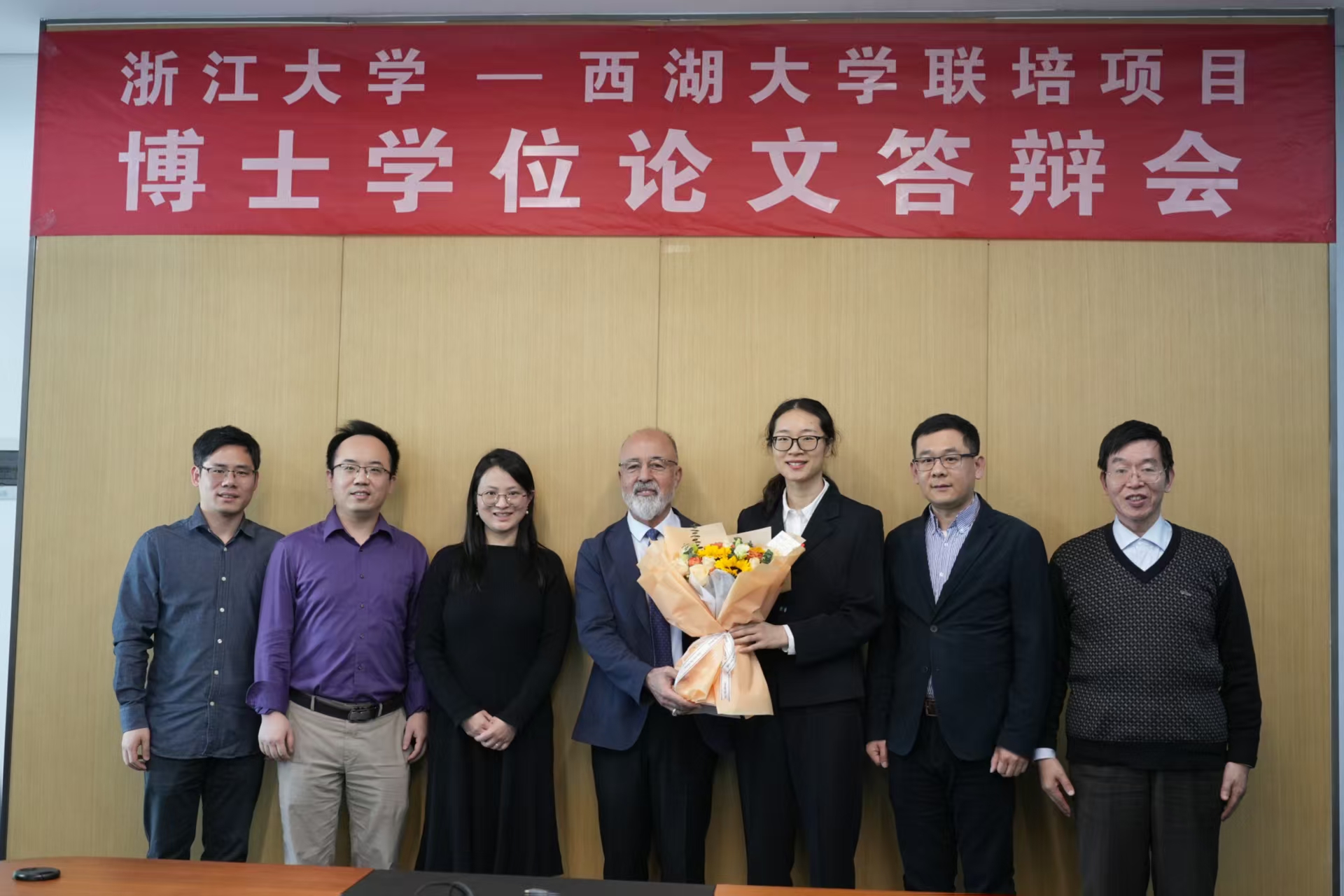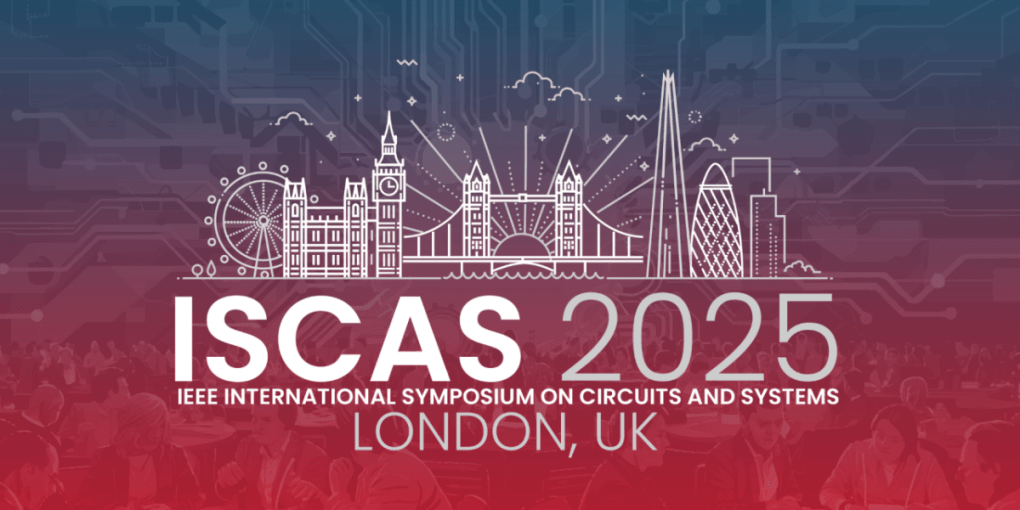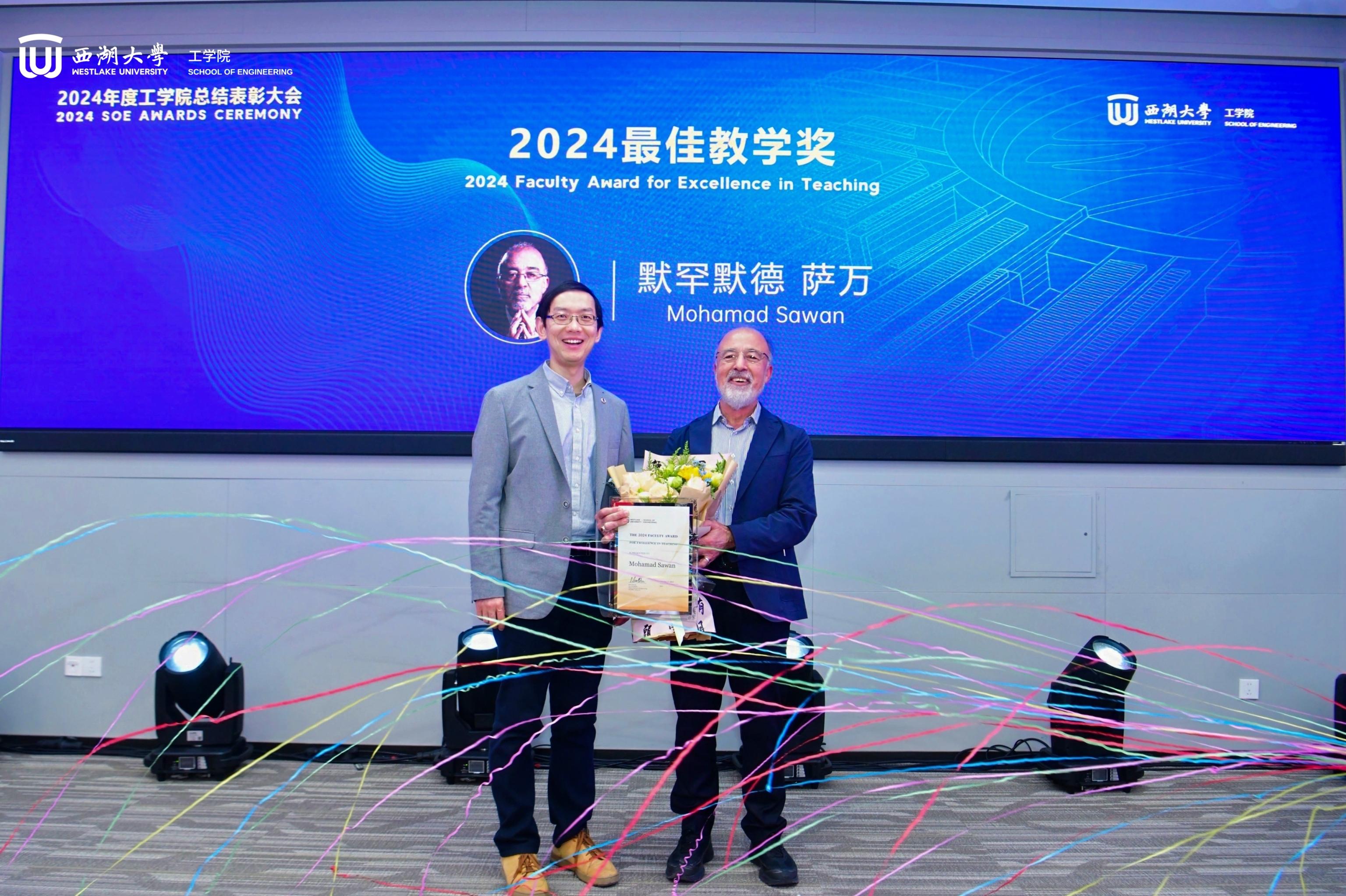A recent study published in the journal IEEE Access titled "Challenges and Trends of Implantable Functional Electrical Neural Stimulators: System Architecture and Parameters". This review provides a comprehensive discussion of integrated circuit technology in the field of electrical neurostimulators, emphasizing its important role in the treatment of neurological disorders and advances in neuroscience.

Functional electrical neural stimulation (FENS) is a promising method for treating various neural disorders, including central and peripheral nervous system dysfunction,which has recently gained significant attention. FENS has also been utilized in many biomedical applications to restore physical sensory damage caused by injury or disease. Notable applications include cardiac pacemakers, cochlear and retinal implants seizure control, and vestibular prostheses. The primary objective of these prostheses is to establish a direct connection between the neural stimulator and the nervous system, providing therapeutic interventions and restoring or enhancing compromised neural functions. These advancements in electronic devices have the potential to significantly improve the quality of life for individuals with neural disorders or dysfunctions. Moreover, by adjusting these parameters in certain neuro-stimulation techniques such as deep brain stimulation (DBS), cortical stimulation, and Vagus nerve stimulation (VNS), safe and efficacious stimulation can be achieved for treating diseases like Parkinson’s and epilepsy.
Congratulations to our former visiting Ph.D student Mostafa Katebi and to co-authors for this achievement.
Reference
M. Katebi, A. Erfanian, M. Azim Karami and M. Sawan, "Challenges and Trends of Implantable Functional Electrical Neural Stimulators: System Architecture and Parameters," in IEEE Access, vol. 12, pp. 103203-103236, 2024, https://ieeexplore.ieee.org/document/10606500
Abstract
Recently, there has been a growing inclination towards implantable biomedical microsystems, which has enticed biomedical engineers and researchers to integrate and implement electrical neural stimulators using CMOS technology. Thus, we present this review to provide a comprehensive overview of integrated circuits in the ENS field. The review aims to discuss the operational principles, design considerations, and approaches while highlighting advancements, applications, and future directions. The review begins with an introduction, emphasizing the necessity of stimulation and the fundamental principles of the ENS. It then discusses the various stimulation patterns, exploring how these patterns can modify neural circuits and restore normal function, as well as the circuit implementations involved in generating the stimulation. Design considerations specific to stimulators are also discussed. Furthermore, the review summarizes the state-of-the-art circuits and systems for the ENS, employing a top-down approach that covers specifications, circuits, and system design. Additionally, it briefly provides an overview of experimental approaches and results from various biomedical tests. Finally, this review outlines future directions, trends, and challenges for enhancing precision, safety, and patient outcomes in stimulation therapies.

Fig.1. This review discusses the operational principles, design considerations, and advancements in electrical neural stimulation (ENS).
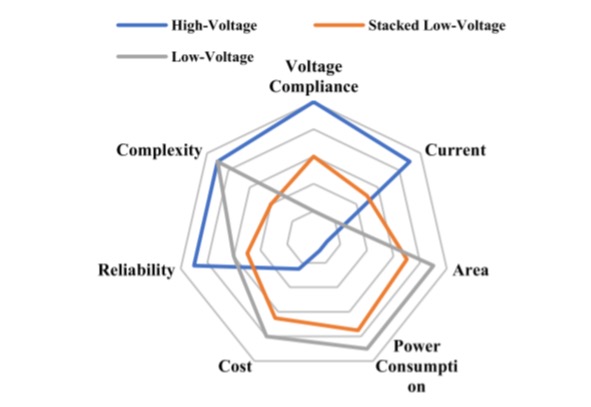
Fig.2. Comparison of three applied methods for the stimulator output stage.




